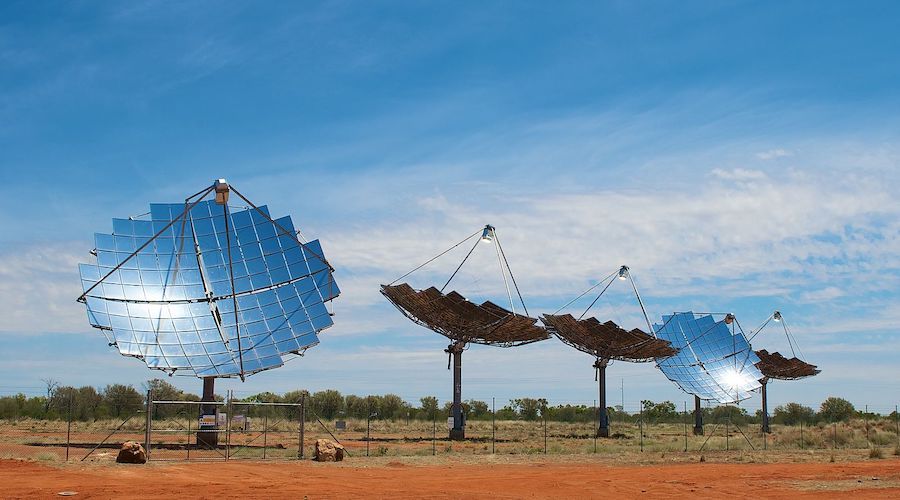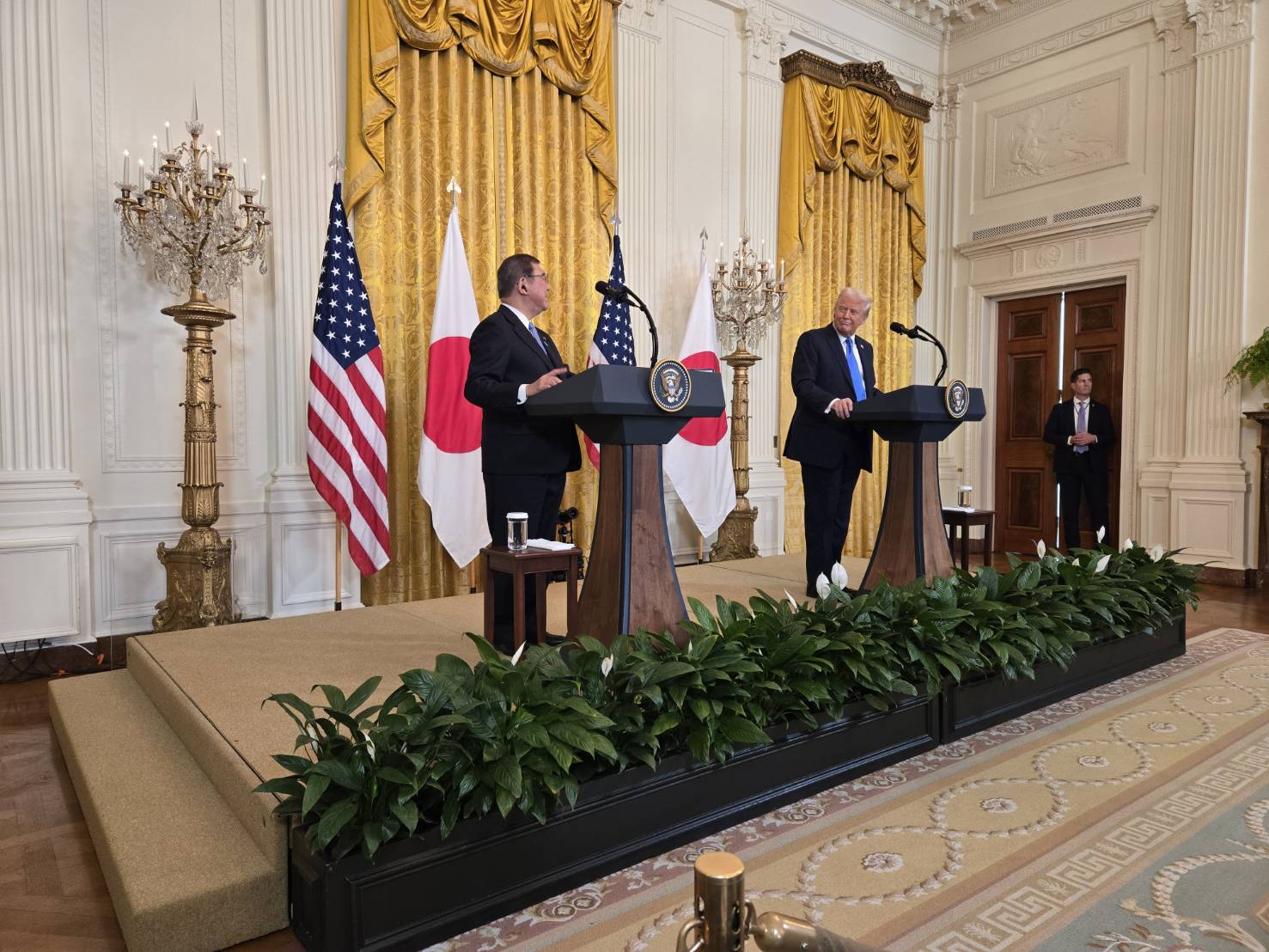Cost reductions for renewables may stall in Australia – report

Cost reductions for renewable energy are likely to be put on hold for the next year in Australia due to inflation and supply chain disruptions, a recent report by the Commonwealth Scientific and Industrial Research Organisation (CSIRO) shows.
According to the GenCost report, which is published yearly by CSIRO and the Australian Energy Market Operator (AEMO), renewables are still the cheapest new-build electricity generation option — anywhere from 50% to 90%. However, it is uncertain how much longer this affordability will last.
The document considers a range of future scenarios to understand the mix of technologies that may be adopted and the costs for each of these possible pathways.
The 2021-22 issue confirms past years’ findings that wind and solar are the cheapest sources of electricity generation and storage in Australia, even when considering additional integration costs arising due to the variable output of renewables, such as energy storage and transmission.
CSIRO’s data show that solar and wind power are beginning to require additional investments in storage and transmission, particularly once variable renewables reach ~50% share of generation.
“Solar and wind require new transmission connections to access the best resource. Storage, in the form of batteries or pumped hydro, together with existing flexible gas generation ensures that demand can be met reliably from these variable generation sources,” the report reads.
The report points out that once the current inflationary cycle ends, solar, wind, and batteries are all projected to keep getting cheaper.
In the past few years, both onshore and offshore wind costs have already fallen faster than expected. Although in Australia, offshore wind is yet to be developed, cost reductions achieved overseas mean that Australian projects are expected to be lower cost than previously expected.
CSIRO and AEMO’s analysis shows that hydrogen electrolyzers are experiencing rapid cost reductions as well, which means that they could potentially support a faster transition to green hydrogen, particularly in the current context of high natural gas prices.
Other technologies not currently being widely deployed such as carbon capture and storage, small modular nuclear reactors, solar thermal, and ocean energy are not yet experiencing cost reductions and, in the view of the report’s authors, would require stronger investment to realize their full potential.
“The status of nuclear SMR has not changed. Following extensive consultation with the Australian electricity industry, report findings do not see any prospect of domestic projects this decade, given the technology’s commercial immaturity and high cost,” the dossier states.
“Future cost reductions are possible but depend on its successful commercial deployment overseas.”
{{ commodity.name }}
{{ post.title }}
{{ post.date }}


Comments
Geo
This is no surprise.
Despite all the promises that renewables will become dirt cheap, it all comes down to the price of the dirt required to make it.